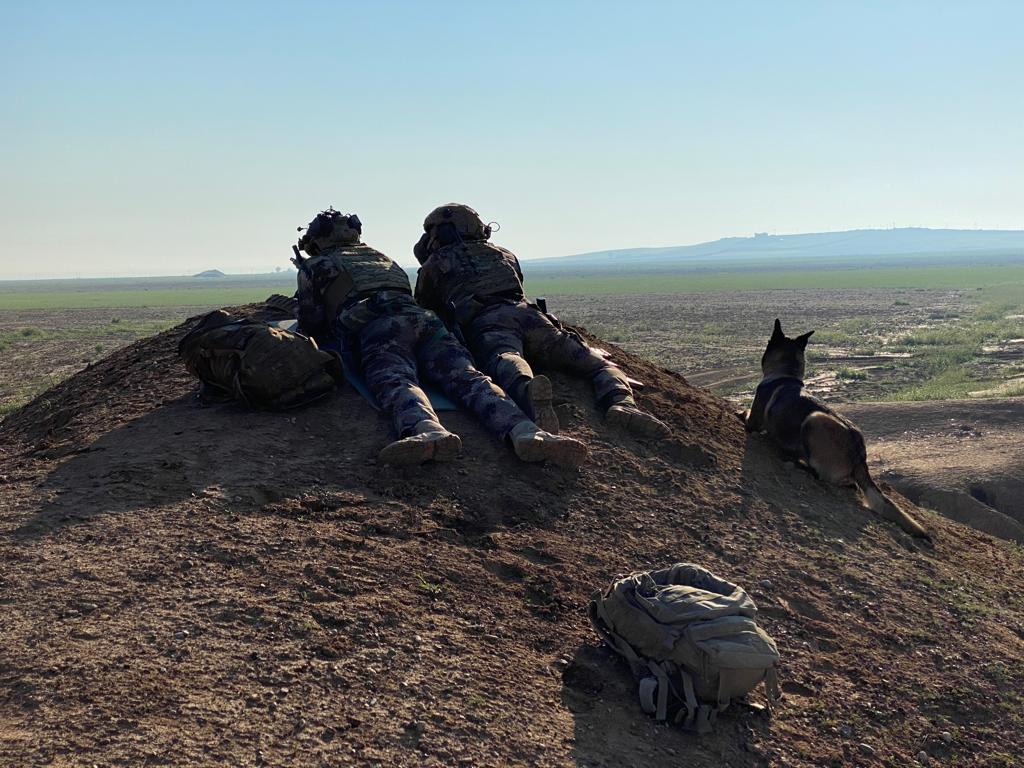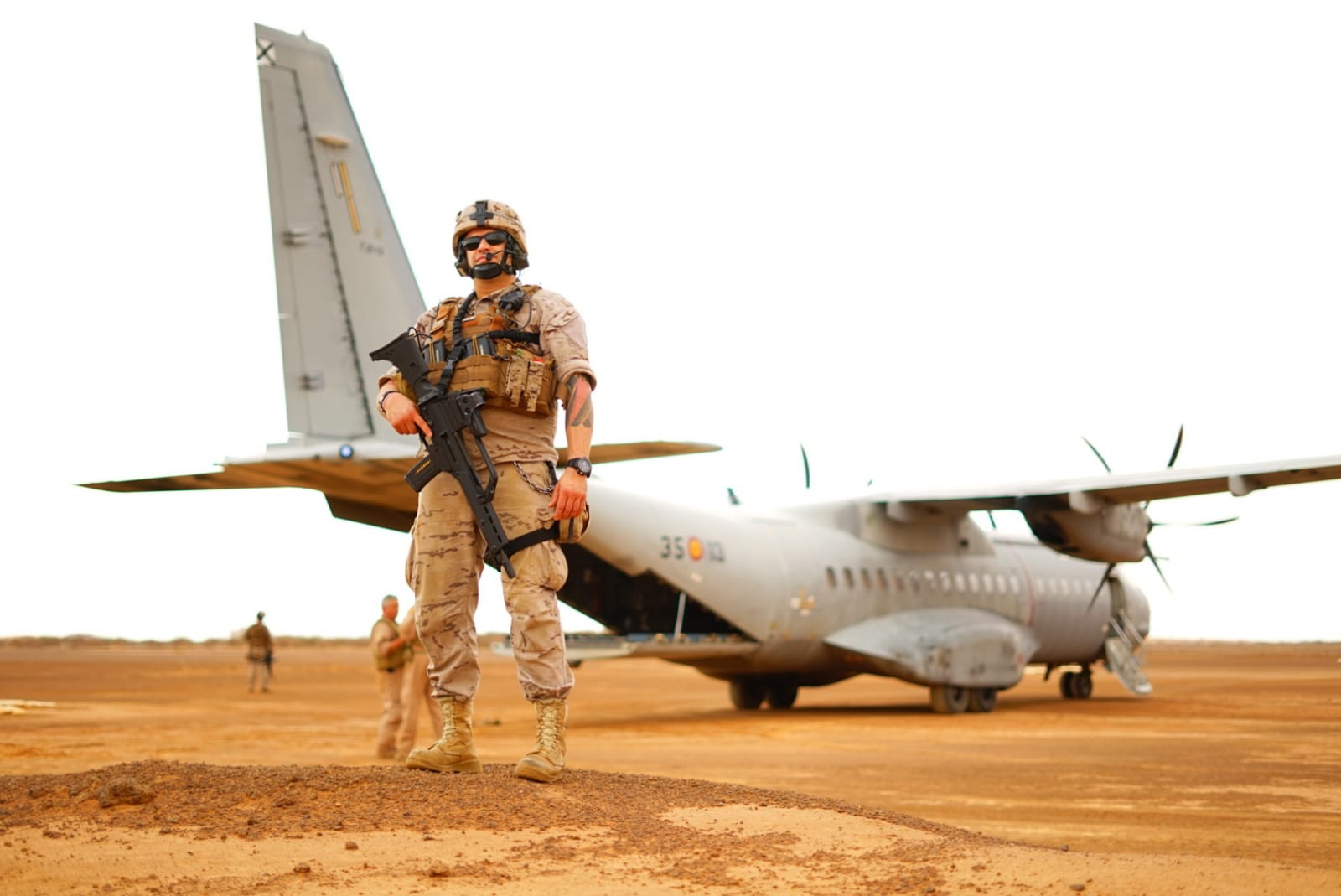
'Steadfast Dart 25': NATO’s largest annual exercise takes place on the eastern flank of the alliance with a prominent Spanish involvement
- ‘For the first time the Spanish Joint Special Operations Command leads the NATO Special Operations Component in this exercise
Steadfast Dart (STDT) 25 is a joint NATO Allied Reaction Force (ARF) activation and deployment exercise, planned by NATO's strategic-level command - Supreme Headquarters Allied Powers Europe (SHAPE), based in Mons, Belgium - and led at the operational level by Joint Force Command Naples (JFCNP) in Italy.
The main objective is to test and train the operational deployment and reinforcement of ARF elements in the NATO South-East Watch Area in peace time. NATO aims to act as a deterrent against any threat to allied territory. Thus, STDT 25 is the culmination of the preparation of ARF 24 and the main demonstration on the ground of its full operational capability.
On the other hand, STDT25 will be the first deployment exercise of ARF and the most visible NATO exercise in 2025 that allows to demonstrate its readiness. In addition, this exercise tests the capability of the Supreme Allied Commander in Europe (SACEUR) to activate the ARF, coordinate its rapid strategic deployment across multiple nations to converge at time and place and achieve a deterrent effect.
In this context, the exercise will focus on planning and executing a multi-domain pre-crisis activity with the objective of strengthen the allied forces deployed in Romania, Greece and Bulgaria. During the planning process, the deployment phase of the exercise was set for 10-21 February, which will be the end date of SDTD25.
Then the the 'DACIA 2025' will take place. It is a national Romanian exercise that takes place in the ground domain and which will involve the participation of Spanish units of the Army.
Three allied countries have been designated for STDT 25 as host nations: Greece, which will be used as a seaport and where the Maritime Component Command (MCC) will be deployed; Bulgaria, where the Special Operations Component Command (SOCC) -led by Spain - and part of the Air Component Command will be deployed; and finally Romania, which will be mainly the area of deployment of the Land Component Command (LCC).
Participation of Spain in STDT25
In exercise STDT25, Spain will deploy almost 3,000 soldiers distributed among the four component commands of the Alliance. In addition to this major deployment, the Joint Special Operations Command (JSOC) will lead, for the first time since its inception, the NATO Special Operations Component for two years (until June 2026), after having undergone an intensive evaluation of their operational capabilities.
The participation of the Spanish armed forces is as follows:
In the Land Component Command (LCC), a United Kingdom-led Enhanced Tactical Group Unit (732 soldiers) to be part of the ARF Brigade LCC
In the Maritime Component Command (MCC), an amphibious group with the LHD 'Juan Carlos I' as flagship with a ROLE 2B medical support embarked and an approximate number of 1,400 Spanish military
Regarding the Air Component Command, the Air and Space Force will contribute personnel to support and advise the Air Command and Control (AirC2). In addition, an A400 will be deployed for a limited time as well as Air and Space Force Air Deployment Support Squadron modules and aviation fuel management personnel. In all, around 40 soldiers.
Finally, Spain leads the ARF Special Operations Component, with the contribution of the General Headquarters, as well as various operational teams and an air transport element.
For the deployment phase, the Spanish units will begin the strategic movement on 16th January, with the projection of army resources by sea towards the port of Alexandropolis (Greece).
NATO Allied Reaction Force (ARF)
NATO’s Allied Reaction Force (ARF) is a multi-domain, high-readiness, strategic force. This force is capable of deployment in a very short time, and its composition can be enlarged through scalable multidomain force packages to strengthen deterrence in peace and crisis or to create a strategic dilemma for adversaries. In addition, its flexibility allows the Supreme Allied Commander in Europe (SACEUR) to assign additional forces to the ARF Commander as needed, in any situation and across the spectrum of operations.
ARF plays a crucial role as part of the NATO New Force Model, which supports the Concept for the Deterrence and Defence of the Euro-Atlantic Area (DDA) agreed at the 2023 Vilnius summit. The DDA outlines military activities and deterrence objectives in peacetime, as well as military activities and defence objectives in times of crisis and conflict. In this context, the ARF is capable of carrying out a full spectrum of missions: from being constituted as a strategic reserve for rapid deployment in crisis situations, a deterrent force or to be rapidly deployed in response to crises linked to other emerging situations.
Fotos





